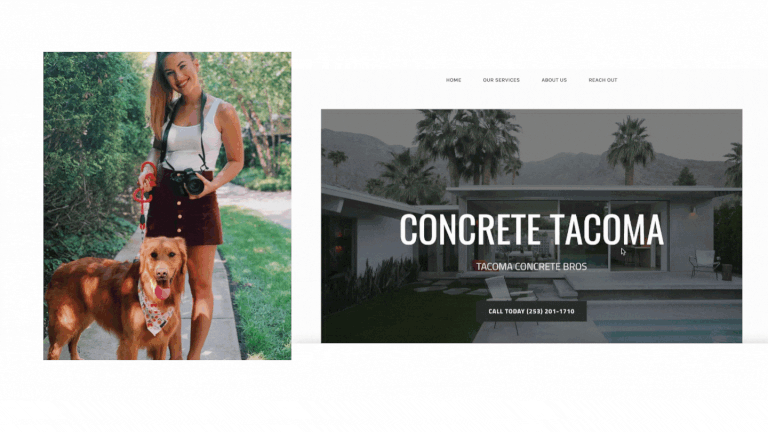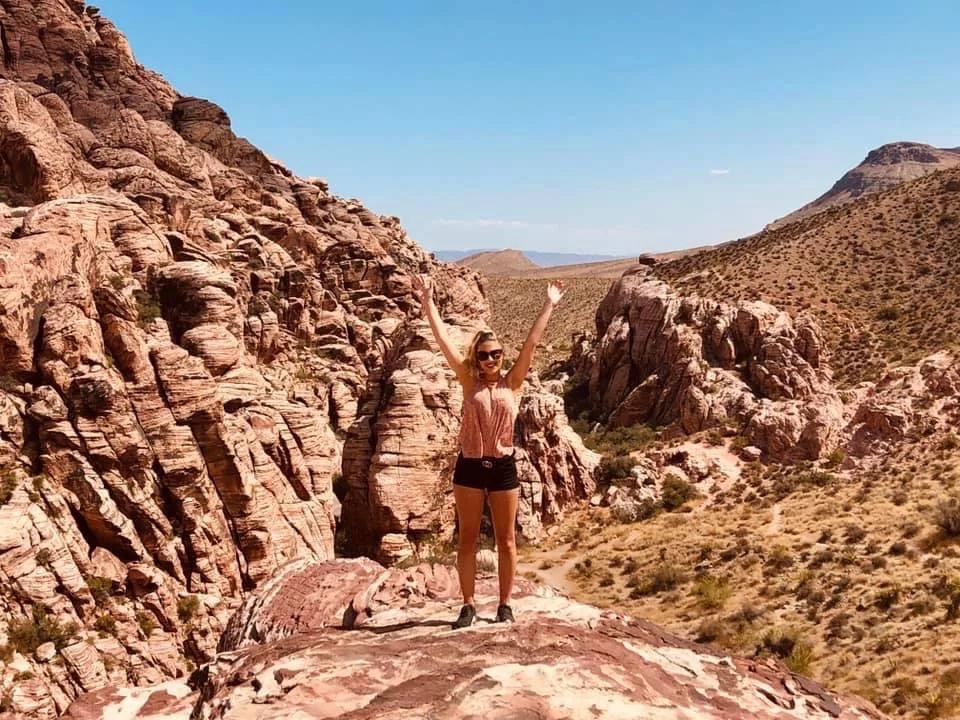How To Start An Amazon Business In 2021 And Beyond
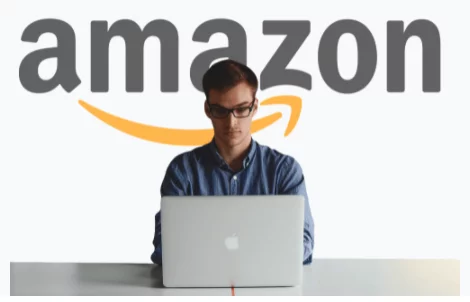
Are you looking for a way to supplement your day job income or a way to work entirely online?
Do you aspire to manage an entirely self-sufficient online business?
Are you seeking a head start in the workforce after graduating from college?
You are the ideal candidate to follow our tutorial and profit from Amazon’s FBA business concept if you answered YES.
Amazon Business programs – wants you to believe you can build and run a successful e-commerce business that’s automated, profitable, and generates cash around the clock in less than 90 days…
With just a couple hundred dollars in inventory…
Sounds a little too good to be true, huh?
Look, as far as most online businesses go, you could do a lot worse than Amazon FBA.
But does that mean it’s the best solution for you?
That’s what we’ll find out in this Amazon Business review.
The biggest things you have to consider here are:
- Inventory Management
- Product Selection
- Time to Profit
While you can make good money with Amazon FBA, it’s not as easy or simple as most course creators make it sound. Let’s break these 3 down real fast:
1) Inventory Management: If you’re doing an FBA business, the promise is that you don’t need to worry at all about inventory, because Amazon takes care of packing, shipping, customer service, etc.
However, you still need to get products to Amazon. And Amazon has very strict rules all sellers have to follow when preparing private label products for their warehouses.
This includes packaging, labeling, and registering products in their system. If you’re preparing all products yourself, you’ll spend a TON of time on this step (potentially 4-5 hours a day). So if you’re looking for a passive, automated business that runs itself, this might not be the best fit.
Now, yes, you can hire an Amazon prep center to do all this for you, but that eats into your margins. And remember that Amazon takes around 30-40% in selling fees for using the FBA program, so your profits are pretty tight to begin with.
2) Product Selection: E-commerce is a cyclical business. “Hot” products are always going in and out of fashion, which means, as an Amazon seller, you constantly need to be on the lookout for the next big thing.
That means monitoring trends, searching for products that might be popular down the line, and constantly in a rat race to – essentially – predict the future.
Sure, you can play in the evergreen market (things people always need and buy), but how much profit margin are you really going to get on meal prep containers, rubber spatulas, and golf umbrellas? Especially when there are hundreds of thousands of other sellers all swimming in that same ocean.
And because you’re constantly hunting for new hot products to sell, that takes up all the valuable time you could be using to travel, explore, read, surf, hike, or whatever else.
3) Time To Profit: Now, this isn’t the slowest turnaround time, but if you think you can put a dollar into inventory today and come out with two tomorrow, you’re sadly mistaken. From the time you first buy products to sell, you could be looking at anywhere from 4-12 weeks before you see a dollar come back.
And it could take twice as long before you break even.
Now, that’s not terrible, but what if you could start building a different (non-Amazon) income stream today, and see your first profits tomorrow?
What if you could build a passive income stream that’s actually passive?
An income stream that doesn’t require:
- Inventory
- Low margins
- Constantly looking for the next hot product
An income stream that brings in consistent revenues every single month (from a couple thousand dollars to well over $10,000)?
An income stream you could actually build in your spare time, and grow as large or as small as you want to, without having to spend hours a day packing, prepping, and researching?
If that sounds like something you’d be interested in, check out Digital Leasing.
This is nothing like Amazon FBA, and that’s probably a good thing.
However, if you’d still like to know more about Amazon Business, keep reading.
Steps To Starting An FBA Business And Creating An FBA Business Plan
After you’ve become enthused about this fantastic opportunity that offers amazing earning possibilities, let’s get started setting up your FBA.
These are the procedures you should take before selling things on Amazon. All you have to do is follow them to get your FBA business up and going.
Step One: Create An Amazon Seller Account.
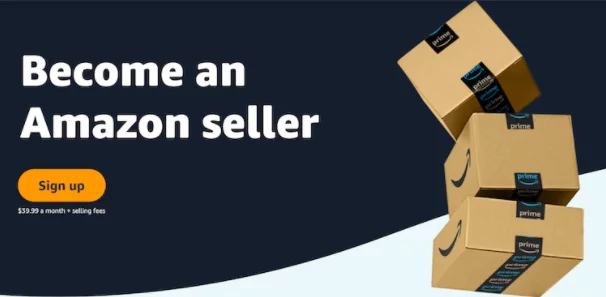
A seller account on Amazon is required for an FBA business. Although this step is optional, creating an Amazon Seller Account is worthwhile if you are serious about starting an FBA business.
Professional vs. Individual
It is critical to determine your career path early on whether you intend to be a professional or an individual. The distinction between them is as follows:
- Individual accounts are not subject to a monthly subscription cost. You will still be subject to many limitations because this account is free.
- A monthly subscription cost of $39.99 is required for a professional seller central account. However, you will not be charged any additional fees for the first month after creating your account. The constraints of an individual account do not limit your flexibility.
If you’re having fun, such as when you were a child selling lemonade or hosting a yard sale, an individual account is sufficient. However, anyone interested in establishing an FBA business should proceed directly to the professional account.
Step Two: Pick Your Niche.

The most challenging aspect to start an Amazon FBA business is determining a niche. If you’re ecstatic about an opportunity, you’re going to want everything.
You can choose a niche and then establish how you will fit into the e-commerce market. This is why a systematic approach is the most effective. The following are some actions to take to accomplish that systematic approach.
- Consider the areas in which you are particularly enthusiastic. Compile a list. It could be derived through hobbies, specific interests, work experiences, books read, significant research, etc. They can come from everywhere and should if you’re thinking creatively.
- Create a list and brainstorm all possible product lines in each product category.
- Concentrate your marketing efforts on specific niches. A good example would be someone who enjoys gardening. In marketing, the word “gardening products” can appear somewhat broad. Therefore, you may like to concentrate on garden weeding tools or trendy flower pots.
- Simplify your specialty selection and focus on a few products, approximately three to five.
Pick topics or niches that excite you to be more prepared when writing copy, blogging, or hosting podcasts. After you’ve narrowed the scope of your subject, continue.
Step Three: Research Products.
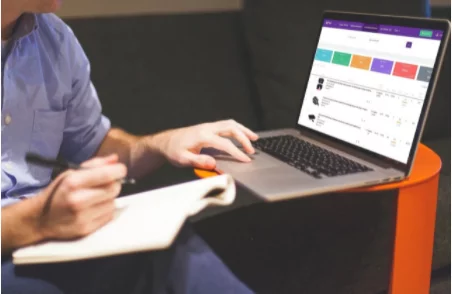
This, they assert, is the point at which “the rubber meets the road.” Even if you are enthusiastic about your specialty and your products, start selling them to people is an entirely different idea.
You’ll need to undertake product research in the niches and industries you’re interested in. The following are the procedures you must take to conduct product research.
General Product Looks
Conducting generic online searches will provide you with a better understanding of the product offered in your niche. Begin by searching for what you’re interested in on Amazon, eBay, or other big retail outlets.
Use Jungle Scout, Merchant Words, And Other Keyword Tools
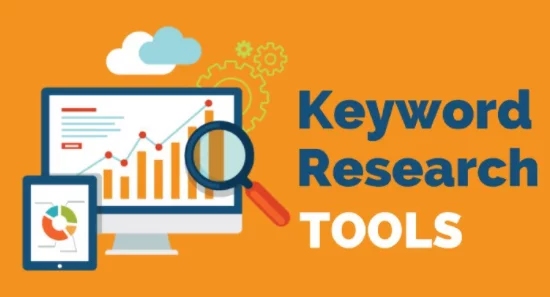
This keyword tool is used to ascertain the level of interest in your products. These are used to determine whether or not your product appears in keyword searches.
Best Seller Rankings
Amazon BSR does not have to be your primary consideration when deciding whether to sell a product. However, they provide an overview of which products and product categories are the most effective in attracting buyers.
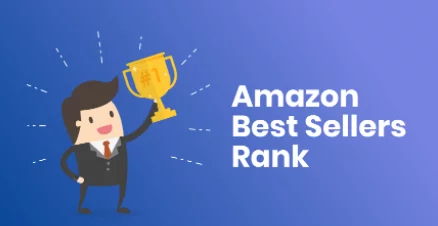
Additional Tools To Conduct Market Research
Countless excellent tools are available to do more in-depth market research. You’ll have access to various information and expertise that you can interpret. Jungle Scout is a robust tool for Amazon FBA market research. Additional market research tools include the following:
- AMZ Base
- AMZ Scout
- Watched Item. Ebay’s tracking system
- Sonar
- Unicorn Smasher
FBA Fees
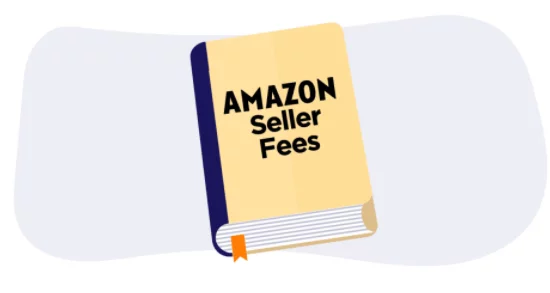
After restricting your product listing to a certain product or category, it’s necessary to use Amazon’s tools to determine the FBA fees associated with the product.
These fees will be determined by various factors, including the size, shape, and weight of the product. FBA costs are something you should want to eliminate to assist you in saving money.
Additional Product Research Tips
The above procedures should assist you in narrowing down your product options from the lengthy brainstorm list. If you’re unsure about which products to choose from, you can proceed to the next level. These additional suggestions may be beneficial:
- Contrary to popular and established companies or products, avoid competing with them. Competing with well-known companies will not benefit you. They have marketing plans, funds, and other marketing instruments you cannot compete with.
- Consider these possibilities if you’re seeking bulk or discount items from stores. It enables brands to sell and aids in the growth of your business. It can be challenging to keep these things coming, so do not rely entirely on them for your FBA business.
- Additionally, local retail outlets might be used to locate things for market research. This can be accomplished by scanning bar codes using a smartphone application such as the Scoutify or Amazon Sellers apps.
After completing these processes and employing the additional marketing research techniques outlined above, you will have identified your niche.
Step Four: Establish Your Product Sourcing.
It’s one thing to launch your first product or series of products. However, there is another step you must do before listing and selling products. You must determine the source of your inventory.
Without product sourcing, you will have nothing to sell. This can be time-consuming since you’ll need to locate reputable vendors who offer the highest-quality materials.
Testing Products
If the products are already in your possession, you may not require testing. Consider purchasing generic market things to save money. You would still want to supply your clients with the highest-quality products possible.
To determine whether these are high-quality products, you must view samples.
Find A Supplier.
The most critical factor to consider when choosing suppliers for your items is cost. Listed below are many methods for locating suppliers for your items.
- Suppliers from other countries
- Trade Shows in Your Area
- Clearance and large orders from neighborhood merchants
- Manufacturers on the ground
Research Shipping.
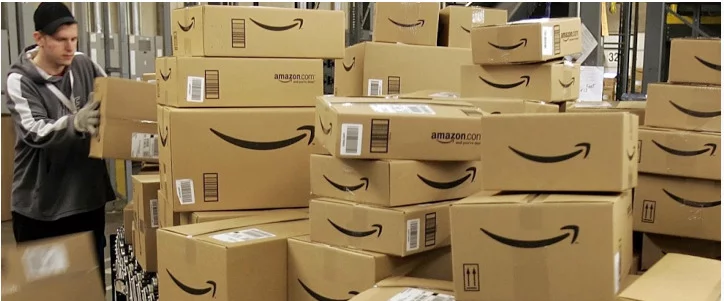
Shipping costs can make it extremely difficult to sell bulk products profitably. Consider delivery expenses while picking a supplier.
Take into account all of the rules and regulations that govern international shipping.
Not only is it necessary to cover shipping costs, but it can also make a significant difference with high-volume products. You will lose sales if your supplier cannot replenish an item immediately.
Take note that government restrictions and regulations may cause delays in shipments. Plan to ensure that your product is available.
Ship Your Product.
Once you’ve determined the source of your own products, you’ll need to place your initial order and send it.
You can ship them directly to the Amazon Fulfillment Centers or have them ready to ship to the Amazon Fulfillment Center.
Amazon will provide explicit instructions on how to prepare and send your order.
Step Five: Establish Your Brand.
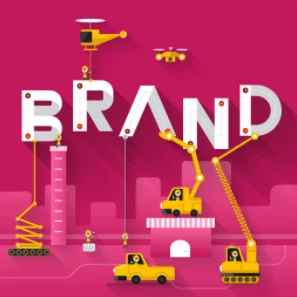
This step could be completed early in the process of establishing your FBA business. Since your initial batch will not be distributed until then, this is an ideal opportunity to launch your brand. A distinctive brand is a distinct and easily recognizable mark that serves to identify the individual and product offering. When it comes to branding, there are numerous phases involved.
Name Your Brand.
You’ve now restricted your selection to one or more products to sell through FBA.
In five years, you must look beyond the brand name and visualize your FBA business.
What additional items will you offer in addition to those presently available? You can name your brand after the response to that question. It is feasible to create your own brand name that encompasses all of these brands.
Create Your Brand Logo.
You can build a logo based on the chosen brand name if you are a graphic designer. If you are not a skilled graphic designer, brainstorm some product ideas and get the assistance of an associate or friend.
Keep it simple and avoid using intricate colors. An overly complicated logo results in increased printing costs and diminished clarity when scaled down.
Fiverr enables you to hire someone to create a logo for you. Additionally, you can seek assistance from family and friends.
Create Brand Themes And Tag Lines.
Along with a brand registry, name, or logo, you’ll want to develop brand themes.
Copyright Your Logo And Brand Name.
You should incorporate an LLC and register your trademark after investing considerable time and effort in designing your brand and logo. For additional information, please visit the United States Patent and Trademark Office website.
Step Six: Create Your Product Listings.

Your FBA is now complete. Now, let’s have a look at your merchandise. This is where your sharpest mind and most creative energy will be required.
It’s taken a great deal of time and effort to get your FBA business up and operating. Create product listings that include enough information to assist your clients in making an informed buying decision.
This is the factor that will eventually influence your income, so make an informed choice.
Step Seven: Marketing Your Product.
Your product listings should be well-designed and visually appealing. You’ll increase product sales due to your listing on the world’s largest marketplace.
You’ll need to attract potential purchasers’ attention to turn inventory and generate sales. FBA gurus advise you to “publicize” your product.
This is how you spread the message.
- Pay-Per-Click Advertising
- JumpSend provides a platform for money transfers.
- Increase the number of product reviews
- You should avoid starting a new website or blog from scratch.
- Social networking sites
- Vlogging and podcasting
- Expand Your Email List
- Utilize Coupons and Special Offers
FAQs
How Many Third-Party Sellers Use FBA?
On all Amazon marketplaces where customer find and search, there are more than 2 million third-party vendors.
How Much Does It Cost To Start An Amazon Business?
You’ll need at least $5,000 to launch an Amazon business. This includes the expense of storage and inventory. This is a conservative cost if you intend to acquire 500 pieces of small size.
Do I Need A Business License To Sell On Amazon?
You do not need a business license to sell things online, including Amazon. This is because the federal government does not regulate most products sold on Amazon. The majority of online products are consumer goods that do not require government clearance.
Is Amazon Business a Scam?

So, is Amazon Business a scam? Not technically. You can make money with this program, but it’s definitely not as easy as the company makes it sound.
There’s a ton of work to be done upfront, no real guarantee of success, and – most importantly – you need to do a ton of volume to make any real money.
Now, there’s nothing wrong with front-loading the work and making the money later.
But if you’re grinding it out for 3 months and then your reward is 15% profit on a $12 product (which comes out to $1.80), it’s not really worth it.
What if, instead, you could do that same 3 months of work (in your spare time), and your reward was a $500 to $2,000 payment that came in every single month (recurring revenue)?
And what if you actually didn’t need to wait 3 months? What if you could get started today and have your first payment in a week?
And what if you could double it next week?
Well, that’s the power of Digital Leasing.
And, unlike with Amazon FBA, you can legitimately do this from anywhere. It’s a true lifestyle business.
Your laptop and an internet connection is all you need.
Some of the most successful students in this program run their entire 6-figure businesses from:
- A camper in the middle of the woods
- A beach chair on the water in Mexico
- A small villa in Greece
They’re able to travel around, living their lives first, and focusing on their income second.
Because even if they stop working for an extended period of time, the money keeps coming in.
So adventure, memories, and experience are the top priority.
And they never have to worry about how to pay for the next trip, or consider asking for time off.
If this sounds more like the type of life you want to lead, just click here to find out more about Digital Leasing.
Are There Alternatives To An Amazon Business?
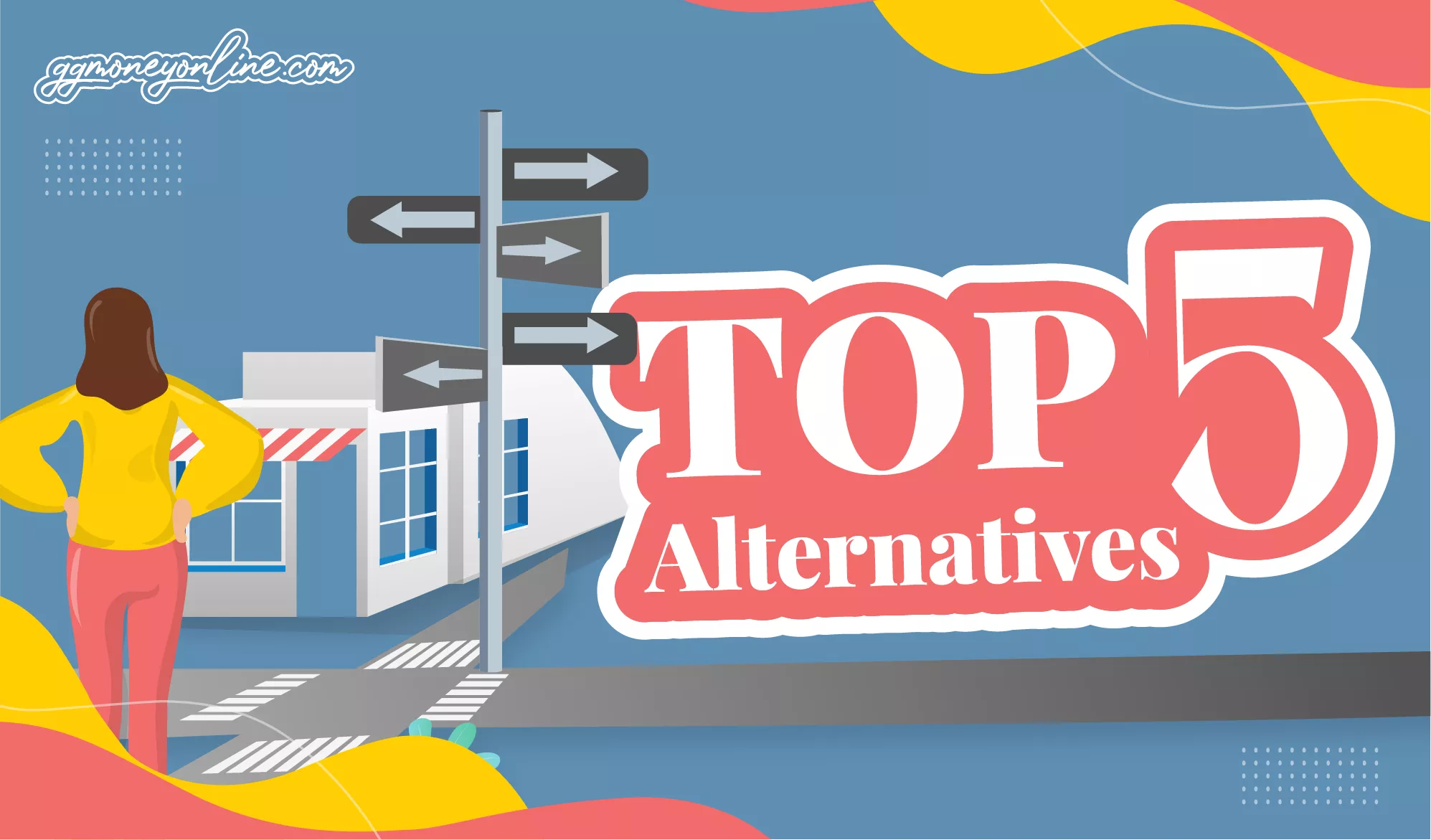
Yes, there are plenty of other profitable business model to choose from if you want to pursue making money online. Here are just a few:
What Is Our #1 Recommendation For Making Money In 2024?

Our review team has spent months researching, reviewing, and vetting dozens of business models and thousands of programs.
While there may be no “perfect business”, the research IS conclusive:
Digital Leasing is the #1 online business model for those just starting out.
Whether you’ve never made a dollar online, or you’ve been in this space for a while but never really “made it,” Digital Leasing is for you.
Why?
1) It’s Flexible: got an hour a day? You can do this. Ready to drop everything else and dive in full time? You can do this. Yes, the more time you put in, the faster you see results. But even with a little time each day, you can move the needle in a Digital Leasing business.
And because this system is so flexible, you don’t have to constantly be working to make more money. It’s called PASSIVE INCOME because if you stop working, the money doesn’t.
Imagine taking 3 months off to just tour around Europe, rent a cabin in the woods to write a book, hike the Appalachian Trail, or live on the beach and surf all day.
This is only possible if you have an income stream that’s not tied to your time.
2) You Own & Control EVERYTHING: With Amazon FBA, you don’t really own anything. Yes, you technically own the products before you send them into an Amazon warehouse, but that’s it.
You don’t own the sales platform, you don’t own a brand, and you don’t own the customers.
Not to mention, Amazon can literally shut you down at any time if they believe you’ve violated their constantly changing terms of service.
So you’re building a business that could be completely taken away from you in the blink of an eye.
With Digital Leasing, you own the assets, which means you have all the power and all the control.
3) Little To No Startup Costs: It’s possible to get into Digital Leasing with zero dollars upfront. Because, using the strategies outlined in this program, you can get a client to pay you BEFORE spending a penny out of your own pocket…even before you do any work.
Even without getting paid in advance, you can have your first Digital Rental Property up, running, and generating profits for less than $100.
4) No Inventory: As mentioned above, spending 4-5 hours a day prepping and packing products to send to Amazon is a huge time commitment.
Plus, you constantly need to be buying new products if you want to maintain your business.
You need to spend even more money if you want to scale up.
With physical products, you’ll always have limits on your time and freedom.
With Digital Leasing, a 100% online business, you never have to worry about that.
5) Easy To Duplicate: Ok, here’s the best part: once you have your first Digital Rental Property up and running, you can literally DOUBLE your income with a few clicks, a couple keystrokes, and a single phone call (and you don’t actually need the phone call).
Remember: each Digital Rental Property is worth $500 to $2,000 a month in semi-passive income (over 95% profit). Every time you decide to create another one and increase your income, it gets easier.
Because you have more knowledge, more experience, more results, and more momentum.
If you wanted to double your income with Amazon FBA, you’d have to double your inventory OR your profit margins. And, guaranteed that’s a lot harder than a few clicks and a few minutes of your life.
6) Make Money Helping Real People: This part is what makes it all worth it. Amazon FBA is a decent way to make yourself money, but it doesn’t improve anyone else’s lives.
After all, there’s always someone else selling rubber spatulas and umbrellas. That might be fine in the short term, but in the long run you may feel like you’re missing a purpose.
With Digital Leasing though, you’re actually helping people by solving your clients’ biggest problem…
Small, local businesses need more customers, and with Digital Leasing, you are unleashing a flood of happy, paying customers for these businesses.
You make money by helping them make money.
Not a big, faceless corporation either…a small business owner who’s using that money to put food on the table for their family, start a college fund for their kids, or take care of a sick parent.
Once you see how Digital Leasing makes a real impact in the lives of real people, you’ll sleep like a baby with a big smile on your face.
Now, the choice is yours. You could continue browsing, looking at opportunities like Amazon Business which could one day make you money.
You could continue researching, never making a decision.
OR, you could take a look inside, consider what you really want, and join a program that makes your dreams a reality. At the same time, joining a community of over 2,000 successful students that are living life on their own terms thanks to Digital Leasing.
A consistent, reliable, semi-passive stream of income that doesn’t depend on you or your time to keep producing profits.
All while genuinely helping real people who are grateful and happy to pay for it.
If this sounds more like what you want out of life (or if you just want some nice side income), click here to learn more about Digital Leasing.


